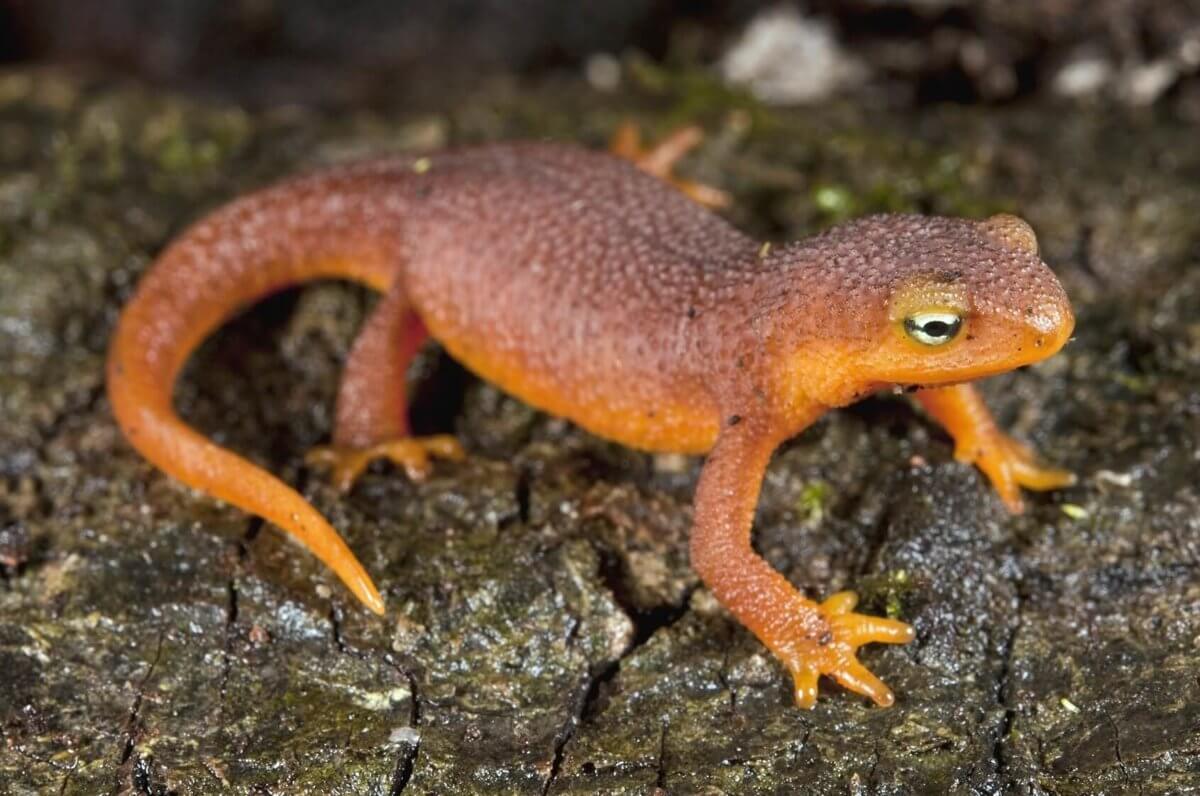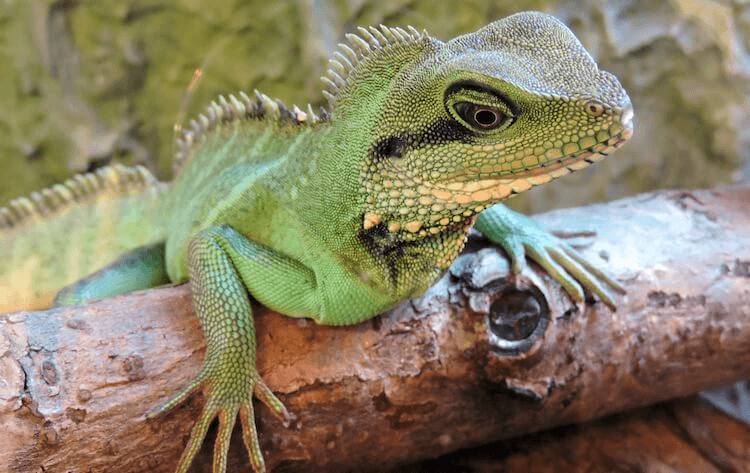Discover the Newt: Biology, Behavior, and Conservation Facts
The newt is a fascinating amphibian that has captured the interest of biologists and nature enthusiasts alike. Known for its ability to regenerate lost limbs and vibrant skin colors, the newt is an extraordinary creature. Below is a comprehensive look into the life of this remarkable animal.
Contents
Scientific Classification
- Kingdom: Animalia
- Phylum: Chordata
- Class: Amphibia
- Order: Urodela (Caudata)
- Family: Salamandridae
- Genus: Triturus, Notophthalmus, Taricha, and others
- Common Name: Newt
There are over 100 species of newts, which belong to several genera. These species vary in physical characteristics and habitats but share core amphibious traits.
Physical Characteristics

Newts possess a lizard-like appearance with long tails and smooth, moist skin. Their body length typically ranges between 5 to 20 cm (2 to 8 inches), though some species may grow larger. Most newts are brightly colored, displaying hues of orange, yellow, green, or red, often as a warning to predators about their toxicity. They have four short legs, each with clawless toes adapted for life in water and land. Many species also can regenerate limbs, eyes, heart, and even spinal tissue.
Habitat
Newts are semiaquatic, meaning they live part of their life in water and part on land. They are commonly found in North America, Europe, and Asia temperate regions. Newts inhabit freshwater environments such as ponds, lakes, and slow-moving streams, particularly during their breeding season. Outside this period, they venture onto moist terrestrial environments like forests, meadows, and grasslands. The availability of clean, unpolluted water is crucial for their survival, as it provides a suitable habitat for breeding and development.
Behavior

Newts exhibit diverse behaviors depending on their species and environment. They are generally nocturnal creatures, coming out at night to forage. During the breeding season, males engage in elaborate courtship displays to attract females. Many species of newts are also capable of secreting toxic substances from their skin to deter predators.
Another noteworthy behavior is their regenerative ability. Newts can regenerate complex body parts like limbs, eyes, and parts of their heart and brain, making them a subject of scientific study in regenerative biology.
Diet
Newts are carnivorous and feed primarily on small invertebrates. Their diet includes insects, worms, snails, and aquatic larvae. In water, newts are skilled hunters, using their tongues or mouths to capture prey. On land, they stalk and ambush their food, relying on their keen sense of smell to detect hidden prey.
Reproduction
Newts exhibit an interesting life cycle that includes both aquatic and terrestrial stages. Mating typically occurs in spring when newts return to water. Males perform complex courtship dances to attract females, releasing pheromones to signal readiness. Fertilization is usually internal, with the male depositing a spermatophore, which the female picks up to fertilize her eggs.
Female newts lay hundreds of eggs, attaching them to aquatic plants. After about 3-4 weeks, the eggs hatch into aquatic larvae with gills for underwater respiration. Over several months, the larvae undergo metamorphosis, gradually developing lungs and transitioning to a more terrestrial adult form.
Predators
Newts face various predators throughout their life stages, including birds, fish, snakes, and giant amphibians. Their vibrant coloration often warns potential predators, as some species produce toxins in their skin. For example, the rough-skinned newt (Taricha granulosa) produces tetrodotoxin, a potent neurotoxin that deters many would-be predators.
Conservation Status
The conservation status of newts varies by species. Some newt species are abundant and widespread, while others are considered vulnerable or endangered. Habitat loss, pollution, and the introduction of invasive species have contributed to the decline of several newt populations. Conservation efforts focus on protecting aquatic environments and maintaining clean water sources to ensure the survival of these species.
Interesting Facts
- Regeneration: Newts can regenerate limbs and organs like the heart, the eye’s lens, and parts of the central nervous system.
- Toxicity: Some species, such as the rough-skinned newt, are highly toxic, with enough venom to kill several humans. However, they pose little threat as they are not aggressive, and their toxins must be ingested to take effect.
- Longevity: In captivity, newts can live up to 20 years, though their lifespan in the wild is generally shorter due to predation.
Evolutionary History
Newts belong to Urodela, one of the three orders of amphibians, including frogs and caecilians. Fossils suggest that newts have existed for over 200 million years, evolving alongside the dinosaurs. Their ability to live in water and on land likely contributed to their evolutionary success, enabling them to occupy various ecological niches.
Over time, different species adapted to specific environments, resulting in today’s diversity. The development of toxins and the ability to regenerate body parts are critical evolutionary advantages that have helped them survive.
Relationship with Humans
Newts have intrigued humans for centuries, appearing in folklore, mythology, and scientific studies. In many cultures, they are symbols of transformation and regeneration. Today, newts are commonly kept as pets, and their regenerative abilities make them subjects of medical research, especially in tissue regeneration.
However, human activities such as habitat destruction, pollution, and climate change have hurt newt populations. Conservationists are working to mitigate these effects through habitat restoration and environmental protection.
Conclusion
Newts are extraordinary creatures with unique adaptations that allow them to thrive in diverse environments. Their regenerative capabilities, toxic defences, and complex life cycles make them fascinating study subjects in biology and conservation. As human activities threaten their natural habitats, protecting these amphibians is crucial for maintaining biodiversity and ecological balance.
- Golden Retriever Pros and Cons: What Every Pet Parent Should Know - 15 September 2025
- Cane Corso Dog Breed: Health, Care, and Lifespan - 14 September 2025
- Catahoula Leopard Dogs: Description, Temperament, Lifespan, & Facts - 21 July 2025




